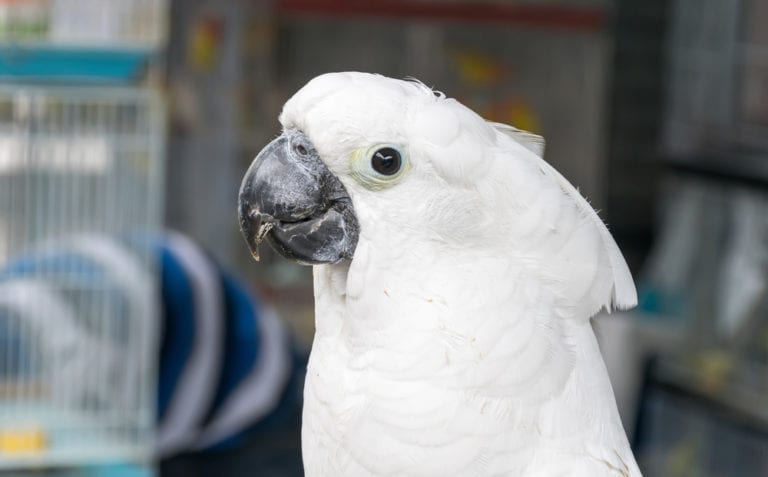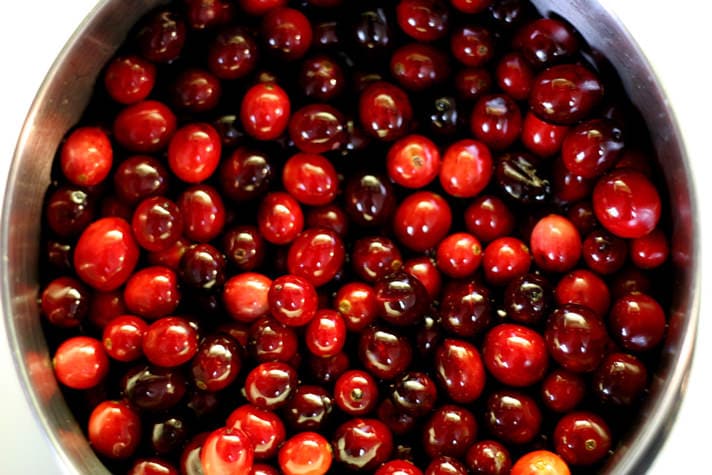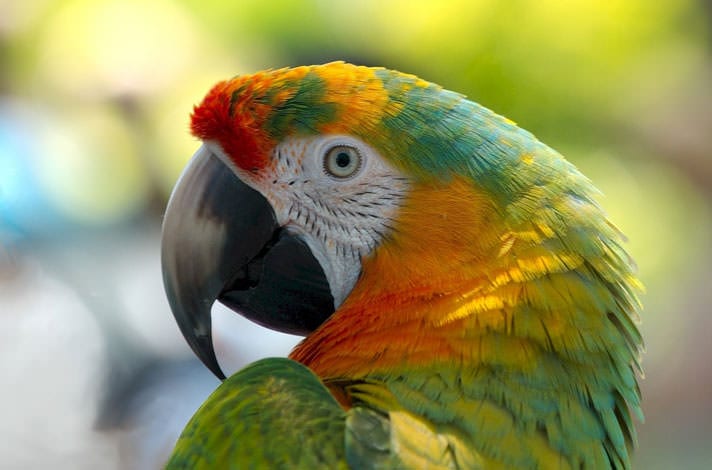There’s a whole world waiting to be discovered right outside your window. Bird feeders are all you need to attract and admire local wildlife from the comfort of your own home. You would be surprised at how quickly your feeding station becomes the neighborhood hotspot for local backyard birds, and just how entertaining they can be.
“It’s like a National Geographic program live in your backyard,” says Sharon Stiteler, author of “1001 Secrets Every Birder Should Know” and founder of BirdChick.com, where she blogs about her international adventures in bird watching. “You’re able to see how birds interact and learn about their behavior. You’ll often see them teaching their young how to eat from the feeder. It’s really educational.”
The types of wild birds you can attract vary depending on your region, the type of food you use and the time of year.
“If you want to know what kind of birds you’re seeing, you can use the free bird guide from Cornell University,” Stiteler says. “It can even identify birds in photos that you’ve taken.”
You can learn more about each backyard bird species’ migration routes, feeding habits and behaviors with a copy of National Geographic Complete Birds of North America.
What to Put in Bird Feeders
Most birdseed mixes will attract a variety of birds. Generally, mixes that consist of dark seeds are tastiest to garden birds, while seed mixes that are mostly light in color are full of less desirable filler seeds. Black oil sunflower seeds are a great energy source and attract many types of birds.
Never feed wild birds chocolate. Chocolate is toxic to birds, just like it is for dogs. It’s also best to avoid table scraps as they may not be healthy for birds. Plus, food scraps might attract mice or rats. Bread is not a good option, either, since it provides no real nutritional value for birds and moldy bread can harm them.
Keep Your Bird Feeder Clean
When it rains, the seed inside your feeder may become a moist breeding ground for mold and bacteria, which can make wild birds sick. Be sure to keep your feeder clean and dry, especially after it rains or snows.
The Best Time to Set Up Bird Feeders
Though you can put up a bird feeder year-round, Stiteler says that summer is the best time of year to observe garden and backyard birds.
“During the summer is when birds are at their most colorful, in their breeding plumage,” Stiteler says. “You’ll see the greatest variety of birds at this time, for example hummingbirds, which you can attract with a nectar feeder. You can also put out oranges and grape jelly for the orioles.”
What to Do About Uninvited Guests
Your wild bird feeder may attract some uninvited guests.
“Hawks will use the bird feeder, too,” Stiteler says. “Of course, it’s not the seeds they’re interested in. Cooper’s hawks are common in the United States, and you may see them swoop down and snatch up the smaller birds.”
You can put your feeders near shrubbery and bushes to give birds a quick place to hide should a hawk attack. Or you can opt for caged bird feeders, which keep larger birds out.
Squirrels are yet another unwanted guest. They are drawn to seeds and will find creative ways to help themselves to your feeder.
“Squirrels are inevitable,” Stiteler says. “People don’t mind when it’s just one squirrel, but that quickly turns into 10!
“They’ll even work as a team to steal your birdseed,” she adds.
Stiteler recommends placing your feeder away from your porch or deck so they can’t climb up and stretch to reach it.
Another option is to use a bird feeder specially designed to keep squirrels out, like the Homestead Stop A Squirrel Bird Feeder.
Another way to deter squirrels is to add cayenne pepper to the seed mix. Squirrels are sensitive to capsaicin, the chemical that gives spicy foods their heat, but birds are not.
Other Ways to Attract Birds to Your Garden
Maintaining a bird feeder is not the only means of attracting birds to your garden.
Birdbaths
A birdbath will attract every type of bird, though it may take some time for birds to find it.
“Birds find water sources by sound,” Stiteler says, “so it helps if your birdbath has a fountain.”
Birdhouses
You also can install a birdhouse to encourage wild birds to nest and raise their babies in your backyard. It should be far away from the bird feeder, ideally on the other side of your property.
“People often put them right next to each other,” Stiteler says. “Think about it; would you want to raise your kids next to the busiest restaurant in town?”
Help garden birds furnish the birdhouse by providing nesting materials consisting of natural fibers. Yarn is a good choice, as well as hair trimmings from haircuts and loose fur collected from your pet’s brushes. Nesting materials should be 6 inches in length or shorter to keep birds from getting tangled.
“I’ve even seen chickadees landing on dogs, trying to gather up their fur for their nests,” Stiteler says.
Caring for your local backyard birds isn’t only a great pastime, it’s beneficial for the birds, too. When they have access to resources, birds can lay more eggs and raise more healthy chicks. Lovingly outfitted with food, water and shelter, your bird-friendly backyard can support your local bird population for generations to come.
![]()
Lindsay Pevny is on a mission to gather science-based information on pet care, training and products, and to use her writing to help other dog parents make informed decisions for their four-legged family members. As a pet copywriter, she works with passionate pet business owners to spread the word about their innovative pet products and services. Get to know her doggy muses, Matilda and Cow, on her personal blog, Little Dog Tips.
Share:












